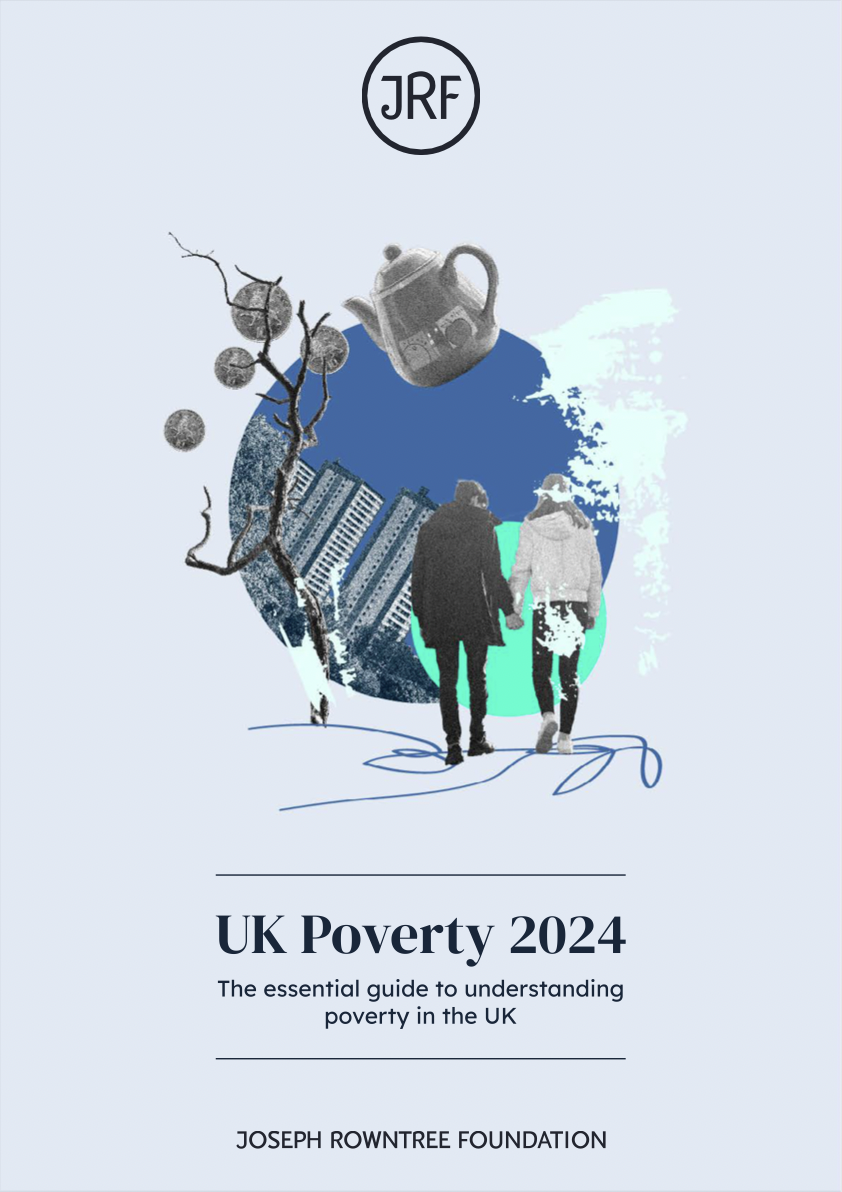
More than 1 in 5 people in the UK (22%) were in poverty in 2021/22 – 14.4 million people. This included:
8.1 million (or around 2 in 10) working-age adults
4.2 million (or nearly 3 in 10) children
2.1 million (or around 1 in 6) pensioners.
Poverty rates have returned to around their pre-pandemic levels, as middle-income household incomes rose at the same time as a range of temporary coronavirus-related support was withdrawn.
It has been almost 20 years and 6 prime ministers since the last prolonged period of falling poverty.
The overall level of poverty has barely moved since Conservative-led Governments took power in 2010. Poverty last fell consistently during the first half of the last Labour administration (between 1999/2000 and 2004/05), but then rose in the second half of their time in power. In part, this reflects the hits to living standards that have affected everyone, from the economic slowdown even before the global financial crisis to the current cost of living crisis.
Before 1979, levels of poverty had been broadly flat at around 14%. In the 1980s, under the Conservative Government of Margaret Thatcher, there was then an unprecedented rise in poverty even at a time of high income growth, due to very unequal income growth over this period. This has not been reversed, meaning current levels of poverty are around 50% higher than they were in the 1970s.
This report – our final UK Poverty report before a general election – sets out the scale and nature of hardship across the UK. We find poverty in every corner of the country, across all ages and in all types of families. 2024 will be a year of important choices, the consequences of which could last far into the future as the nation goes to the polls. Political parties in the UK will set out what they stand for and the sort of country they wish to help shape. Any party serious about governing must be both practical and ambitious if we are to turn the tide of deepening poverty of the past 25 years.